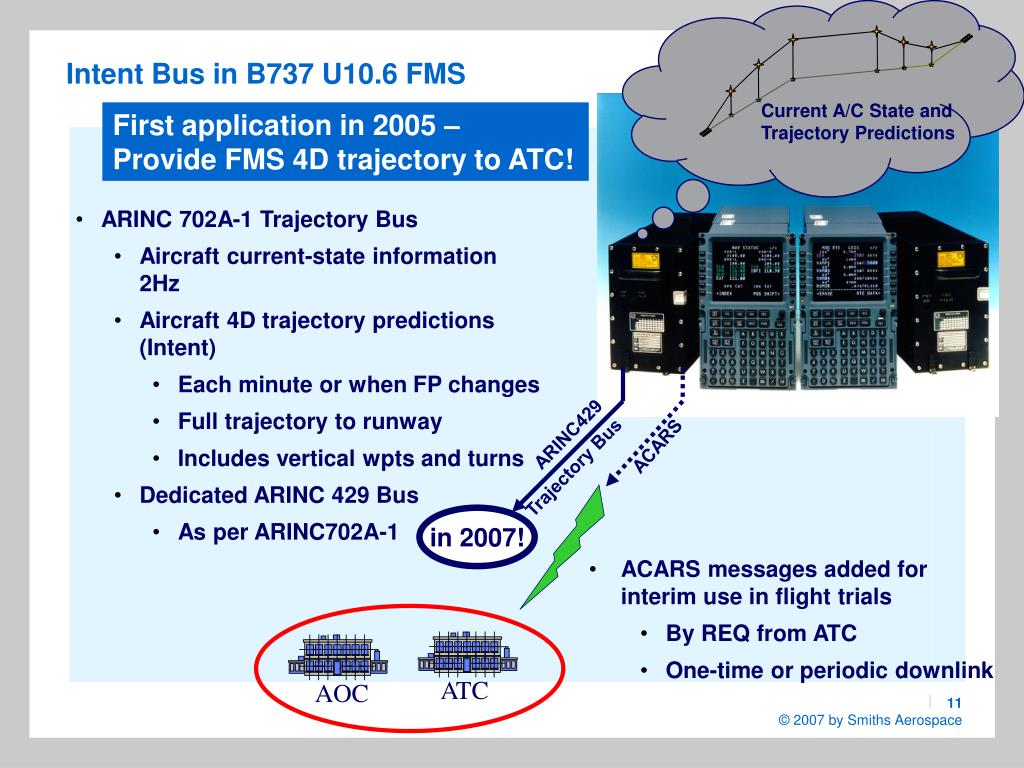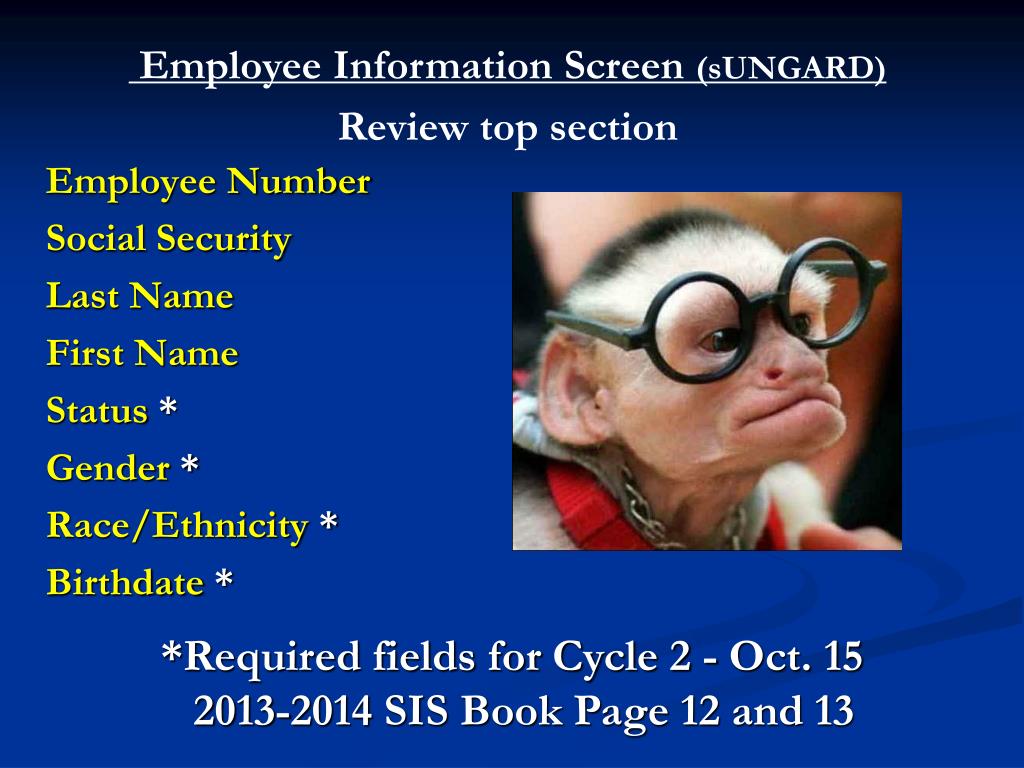
This app requires a user account provided by your Eca Faros representative.
#B737 fms app full#
Southwest for instance doesn't use climb derates - they'll do an assumed temperature takeoff, but then it's full climb thrust after that. This app requires a user account provided by your Eca Faros representative.

It's worth noting though that several airlines determined that climbing quicker to cruise reduces fuel cost more than derating the climb does. The main reason airlines use these reduced/derated modes is to save both fuel and wear and tear on the engines. It's kind of a roundabout way of thinking about things, but it makes sense. What an assumed temperature tells the EECs to do is run the engines at an N1 setting that will produce the same amount of thrust that the original N1 setting would produce if the temperature was the higher value. Holding the N1 constant, the engines will develop less thrust at higher temperatures because the air is less dense. You can also use an "assumed temperature" with any of the TO options - an assumed temperature tells the engines to perform as if the outside air temperature is actually higher than it really is.

The CLB-1 and CLB-2 settings are the same thing as the fixed derates for takeoff, but applied to climb thrust.

There's also a TO-B (bump) setting that will boost the engine up to 27K for short field takeoffs, heavy weights,and other situations like that. The 26K engines on the NGX will be derated to 24K at TO-1 or 22K with TO-2. This is a very complex topic and I can't possibly explain everything about it in a forum post, but here's the basic idea:TO-1 and TO-2 (TO-2 only appears if you have the "Double derate" option selected btw) are called "fixed derates" - these are reduced thrust takeoff settings that Boeing has pre-certified to perform in a certain way.


 0 kommentar(er)
0 kommentar(er)
